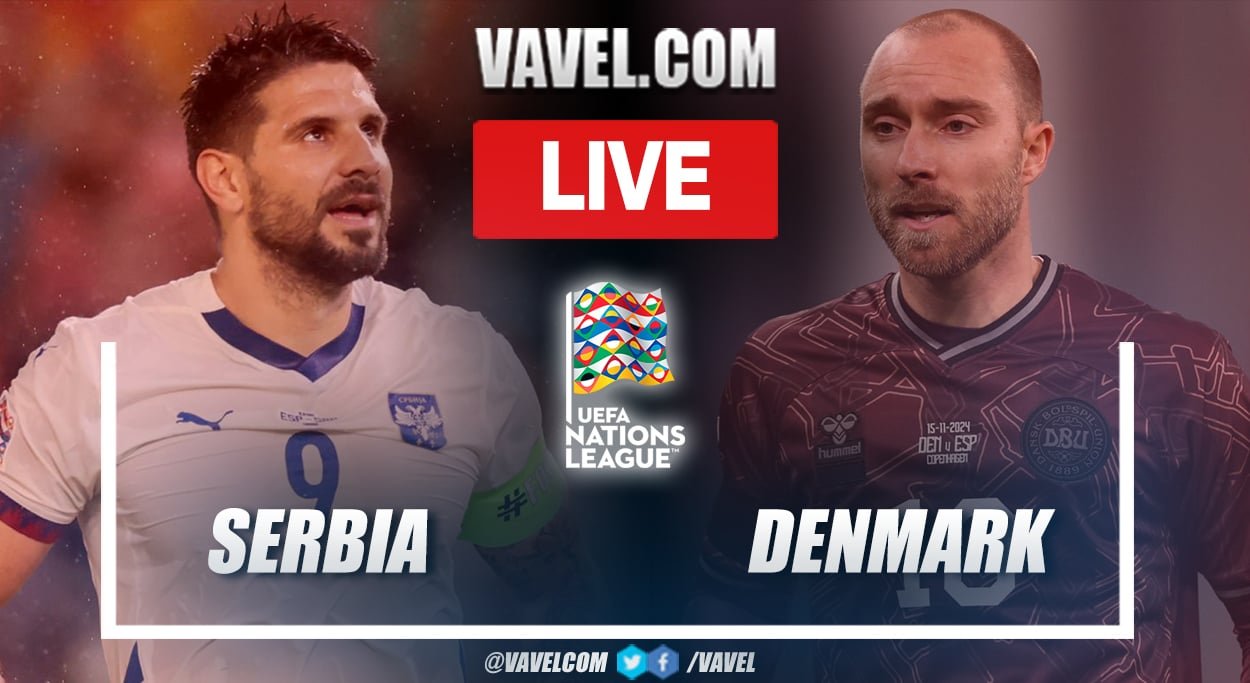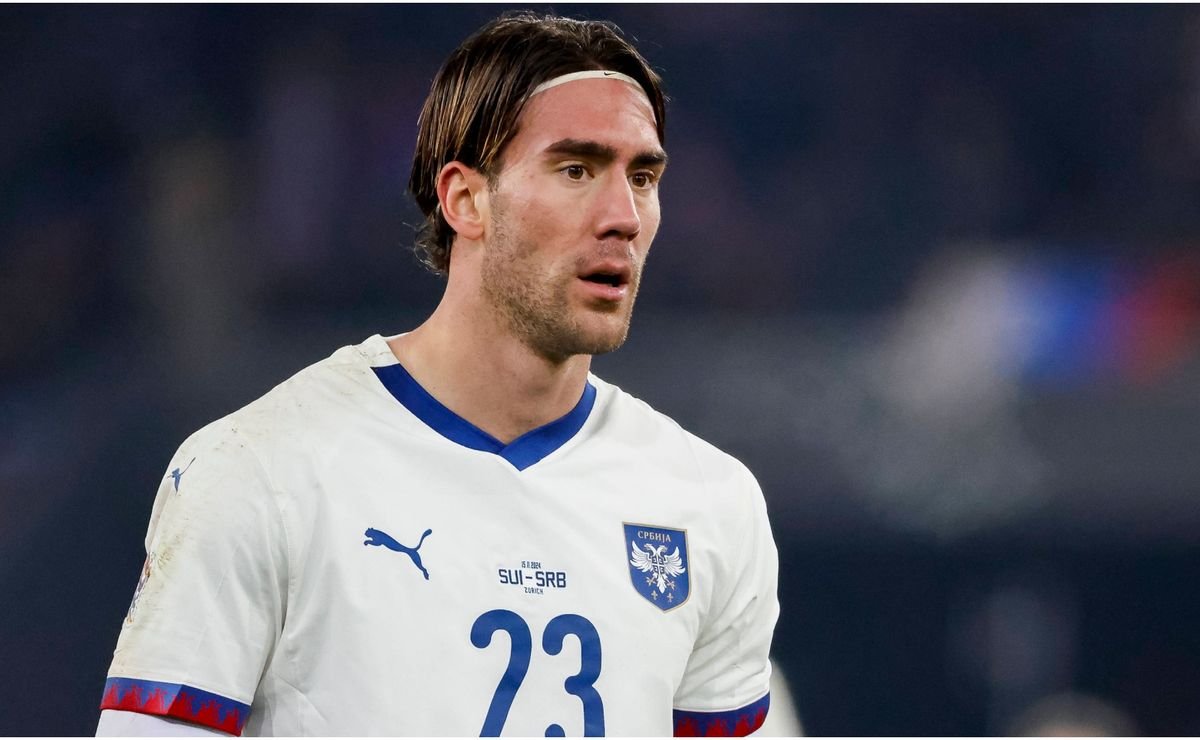CLEVELAND — As the Cleveland Browns and Haslam Sports Group focus on building a future at Brook Park, a big question continues to arise: How will they pay for it?
We don’t have all the answers yet. But here’s a look at some of the most common questions we hear, covering everything from money to site control.
Q: What will the Brook Park project include?
The Browns released preliminary renderings of the project in August.
Cleveland Browns release first designs and details of Brook Park stadium proposal
It shows a domed stadium sunk nearly 80 feet into the ground, surrounded by a mixed-use development. This includes offices, hotels, shops, apartments and about 14,000 parking spaces.
The property is the site of a former auto plant, which Ford Motor sold to a group of industrial property developers in 2021. At the time, Ford placed restrictions on the land deeds that limited its use to industrial or commercial development.
But a document filed with the Cuyahoga County Finance Office shows that Ford recently lifted the use restrictions, after developers seized control of the property through an investigation and cleanup process with the Ohio Environmental Protection Agency.
Q: How will the Hassan family pay for all this?
The stadium is expected to cost $2.4 billion, a price that owners Jimmy and Dee Haslam are looking to split with taxpayers.
The surrounding development could cost more than $1 billion, and will be privately financed.
hawks; Cleveland Browns
An aerial view shows the Browns’ new stadium – Huntington Bank Field – surrounded by the mixed-use development at Brook Park.
The Browns haven’t revealed details of their financing plan — in part because it’s still a work in progress.
But in a statement issued Thursday, after Cleveland Mayor Justin Bibb broke the news that negotiations had concluded downtown, the Haslams said the new stadium “will not utilize existing taxpayer-funded inflows that would divert resources from other, more pressing needs.”
They talk, instead, about borrowing against future tax revenues generated by the project. This can include admission taxes, income taxes, parking taxes, hotel taxes, and property taxes.
The idea is for a public sector entity – or several governments or agencies – to issue bonds to help pay for construction. The Haslams will make the debt payments over time using some of the new tax revenue.
Earlier this year, the Haslams were looking for a 50-50 split of the $1.2 billion public tab, with $600 million requested for the state and $600 million from local governments.
Cuyahoga County was to issue bonds covering the local share, with $300 million tied to tax revenues from Brook Park and $300 million tied to tax revenues from the county.
But in August, Cuyahoga County Executive Chris Ronayne said it represented a significant financial burden on the county. He also expressed doubts about mathematics.
“We believe, after analyzing the Cleveland Browns’ proposal for Brook Park, that this dog doesn’t hunt,” he said during a news conference as he urged the team to renovate the downtown venue.
“This dog doesn’t hunt.” Cuyahoga County leaders say they will not support Brown’s new stadium at Brook Park
We don’t know what the team’s financial outlook looks like — for the Browns, for Brook Park, or for the region. In their statement, the Haslam family called the project a blessing for Cleveland, Northeast Ohio and the entire state, between the events, tourism and new jobs.
Brook Park Mayor Edward Orcutt told News 5 this week that he sees a big potential upside.
“I feel like we’ll be okay in the end, when we all sit down at the table and are able to work together to put something in Brook Park that will help the whole area, when it comes to revenue.” He said.
hawks; Cleveland Browns
The rendering shows a winter view of the proposed stadium, which would be buried in the ground because of its proximity to Cleveland Hopkins International Airport.
Q: When will we know more?
It’s not clear, but the Browns are on a tight schedule.
Their lease on the current stadium owned by the city of Cleveland expires after the 2028 season. They hope to move to Brook Park in 2029.
It could take three years to build the new stadium, but there is still a lot of work to be done before construction begins.
Q: Do the Browns own the Brook Park property?
Not yet, according to public records. But they laid the groundwork for the deal.
A notice of purchase agreement filed with Cuyahoga County shows Primacy Development LLC, a company associated with Haslam Sports Group, has until Dec. 31, 2025, to purchase the 176-acre site. This document was signed in March by David Jenkins, Chief Operating Officer of Haslam Sports Group and the Browns.
The current owner of the property is a joint venture between three developers: Weston Inc. and DiGeronimo Companies, based in Northeast Ohio, and Scannell Properties, based in Indiana.
An affiliate of Haslam Sports Group loaned more than $18 million to these developers in March, enabling them to repay a bank loan, according to public records.
Keith Srakowsek/AP
Fans are preparing for a game between the Cleveland Browns and New York Jets in 2022, at the lakefront stadium now known as Huntington Bank Field.
Q: What happens to the current stadium?
That’s the decision the city of Cleveland will make, if the Browns follow through with their plans.
The stadium will likely be demolished, but it is too early to say when that will happen or what will happen to the land. The building sits on about 17 acres, according to public records.
The city’s new lakefront master plan calls for redeveloping adjacent parking lots to the north while connecting them to the center of downtown with a land bridge over a reimagined Shoreway. Sketches show apartments, a hotel and a food court, but 60% of the space will be public space, with a playground, fishing pier, sports fields and a beach.
First look: Cleveland’s final lakefront master plan
Scott Skinner, executive director of the nonprofit North Coast Waterfront Development Corporation, is responsible for working closely with the city to realize the lake’s vision.
“We expect to come back to the public in the near future and start talking about some other ideas,” he said of exploring ways to fill the stadium space.
At a public lakeside forum in August, when it was already clear that the Browns were leaning toward Brook Park, attendees had the opportunity to suggest what they would put on that site.
“People had a lot of shared public ideas and ideas, which were free public spaces where people could go with their families and spend time on the waterfront… in a green space where they didn’t have to pay for a ticket,” Skinner said. “In addition, economic drivers. Downtown Cleveland is really important to the area.
The city won $60 million in federal grants this week to begin transforming the Shoreway into a slimmer, slower street — and raised $80 million of the roughly $450 million it needs for all the infrastructure work to connect the lakefront to downtown.
Skinner said Brown’s loss does not affect that funding or the $20 million allocated for the land bridge by state lawmakers. The city is seeking additional federal grants.











